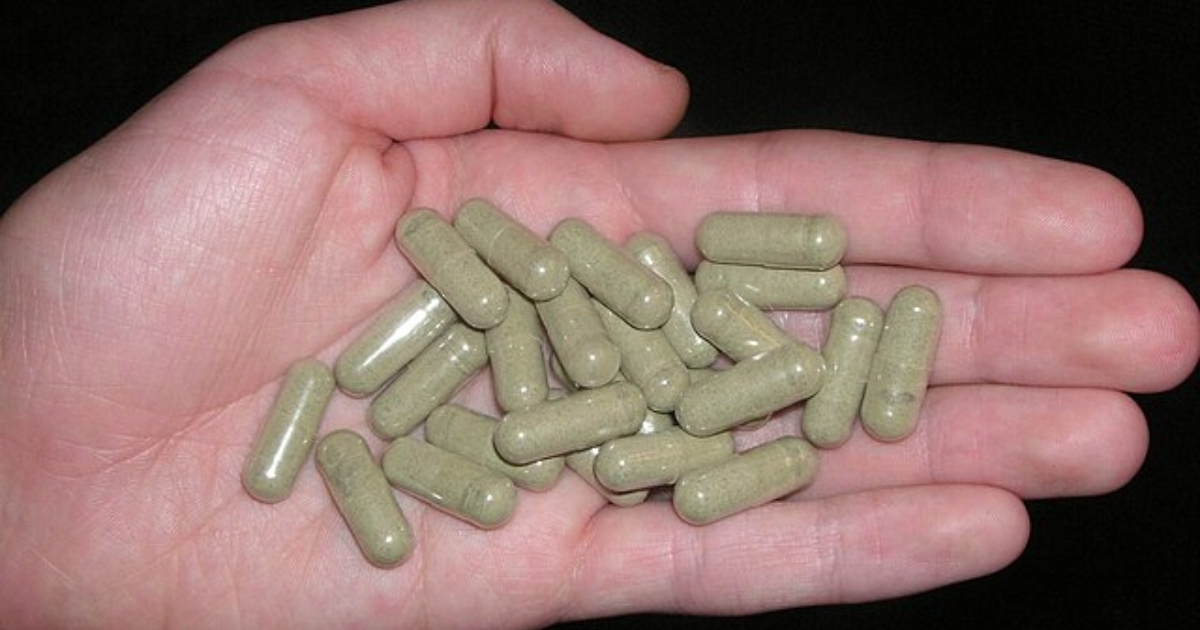What is Xanax?
Xanax (alprazolam) is a medication commonly used to treat anxiety symptoms, panic disorder, depression, and insomnia. It often comes in long, skinny tablets called Xanax “bars.”
The generic form of Xanax is alprazolam. Alprazolam is a benzodiazepine, a tranquilizer medication often prescribed for anxiety and panic attacks. Benzodiazepines like Xanax are also sometimes used to treat insomnia and seizures. The drug affects the central nervous system. The severe downer effect is one of the signs of Xanax addiction to look out for. Benzodiazepine dependence is a substance use disorder that may require addiction treatment programs like inpatient treatment or outpatient programs to heal and recover.
Xanax is the most prescribed psychiatric medication in the United States. According to one study, up to 48 million Xanax prescriptions are written each year.
This wide availability has led to Xanax becoming a popular street drug, abused for its calming and euphoric effects.
On the street, Xanax goes by several names, such as:
- Xannies/Zannies
- Benzos
- Bars
- Bricks
- Planks
- Xanbars/Zanbars
Concerns over a Xanax “epidemic” have been growing in recent years, with one report finding it the fifth most common drug involved in fatal overdoses in the US.
Xanax comes in many forms, including Xanax bars. People who misuse Xanax bars often take them with opioids or alcohol. In this case, the effects of each drug are greatly increased. The risk of overdose also goes up significantly. When taken with alcohol or opioids, a Xanax overdose can be deadly.
Xanax is a highly addictive substance, even more so than other benzodiazepines. For this reason, it’s classified as Schedule IV under the Controlled Substances Act. It should never be taken without a prescription or purchased anywhere else.
Read on to learn more about the dangers of Xanax use, Xanax withdrawal, and treatment for Xanax addiction.
What are Xanax Withdrawal Symptoms Like?
Xanax can cause severe withdrawal symptoms when someone goes cold turkey. A tapering schedule can help withdrawal symptoms of Xanax be less difficult. Some of the symptoms, such as psychosis and delirium, are different from other benzodiazepine medications.
Other symptoms of Xanax withdrawal are common to other benzodiazepines but more severe.
For example, those who take Xanax for anxiety may experience what is known as rebound anxiety. This is when the anxiety comes back stronger than it was when they first started taking the medication.
Other Xanax withdrawal symptoms include:
- Panic attacks
- Seizures
- Insomnia
- Bricks
- High blood pressure
- Elevated heart rate
Because Xanax withdrawal can be severe and even potentially life-threatening, it should always be done under the supervision of a healthcare professional. They can help manage symptoms and may recommend a gradual tapering of the medication to reduce withdrawal severity.
Get confidential help from our addiction treatment specialists in Orange County. Call to join our rehab program today!
Call 866-881-1184What is the Timeline for Xanax Withdrawal?
Xanax can cause physical dependence. Withdrawal symptoms for Xanax can begin within hours of the last dose and last anywhere between 10 to 14 days.
The following is a general timeline for Xanax withdrawal, but remember that individual experiences can vary greatly:
6-12 Hours After the Last Dose
The first symptoms of withdrawal can begin to appear. This is because Xanax is a short-acting benzodiazepine, which means it leaves the body relatively quickly. Early withdrawal symptoms can include rebounding anxiety, restlessness, and difficulty sleeping.
1-4 Days
Withdrawal symptoms often peak during this time. Symptoms can include severe anxiety, panic attacks, shaking, muscle spasms, and possibly seizures. This stage is often the most difficult to get through.
5-14 Days
Symptoms generally decrease in intensity during this period but can still be severe. Physical symptoms may lessen, but psychological symptoms like anxiety and depression can persist.
15+ Days
Many people will see a significant reduction in acute withdrawal symptoms at this point, but some may continue to experience them for several weeks.
In some cases, people may experience post-acute withdrawal syndrome (PAWS), following benzodiazepine withdrawal, which can include prolonged symptoms like mood swings, anxiety, and sleep disturbances. It is also called protracted withdrawal. These symptoms can last for several days to several weeks, depending on the individual. Withdrawal symptoms are a sign that someone needs substance abuse treatment at a recovery center.
Finding Help for Xanax Addiction
The effects of Xanax abuse are a huge problem. If you or a loved one are looking for help treating a Xanax addiction, South Coast Behavioral Health is here to help. The first step in treating Xanax addiction is a medical detox. This means using drugs to manage Xanax detox and withdrawal symptoms when someone stops taking the drug.
Our medical detox program is staffed by caring and compassionate professionals who can provide you with medications to manage your withdrawal symptoms.
After detoxing, treatment should involve therapy to treat the drivers of addiction, such as depression and anxiety. Cognitive behavioral therapy (CBT) is particularly helpful for addressing the root causes of Xanax addiction and for learning coping strategies to deal with them. We also offer other treatment programs including individual therapy, art therapy, medication-assisted treatment, dual diagnosis treatment for mental health disorders, holistic therapies, family therapy, sober living, and more.
We also offer a variety of treatment options based on the client’s needs:
- Residential treatment, also called inpatient rehab, in Costa Mesa, Irvine, and Huntington Beach
- Partial hospitalization program in Newport Beach
- Intensive outpatient program in Newport Beach
Recovery is a long road, but it begins with accepting substance use disorder treatment. Treatment significantly reduces benzodiazepine dependence and severe withdrawal symptoms. If you have any questions, please call us at 866-881-1184 to learn more about the admissions process. Our addiction specialists at our recovery center are available 24/7 to take your call about detoxing from Xanax and living a happy and healthy life.










